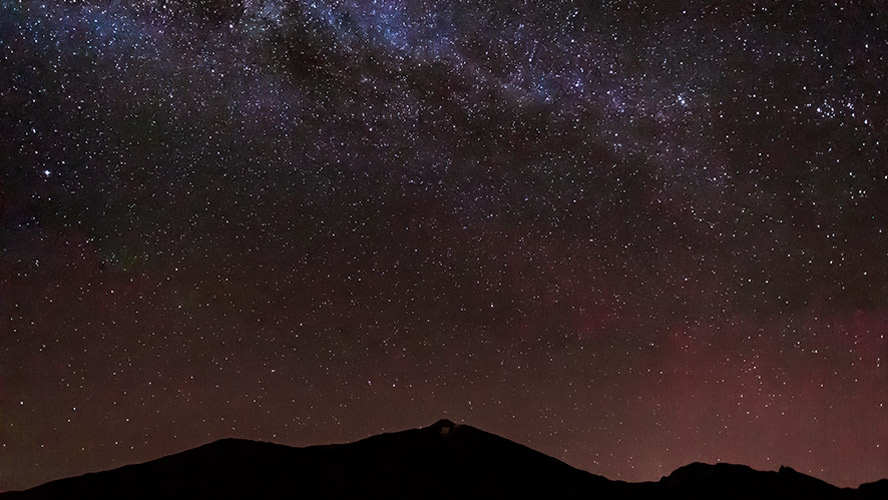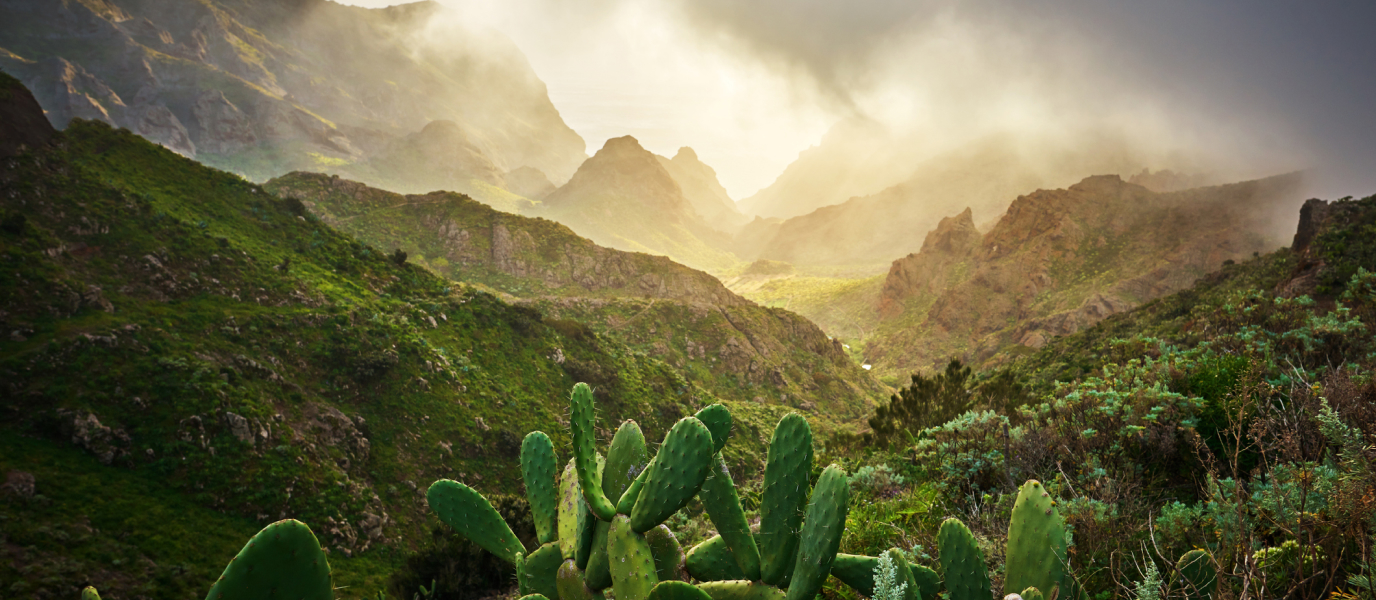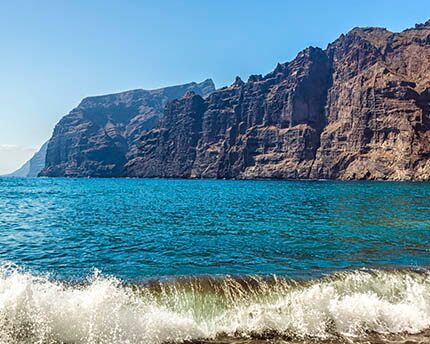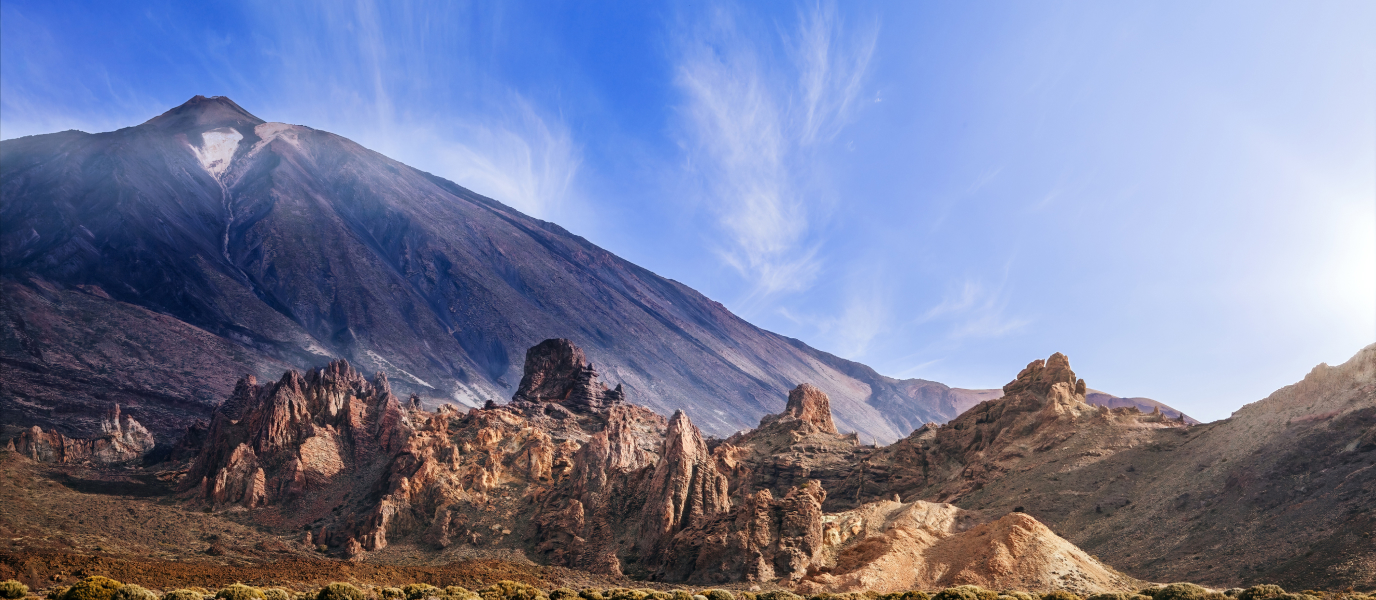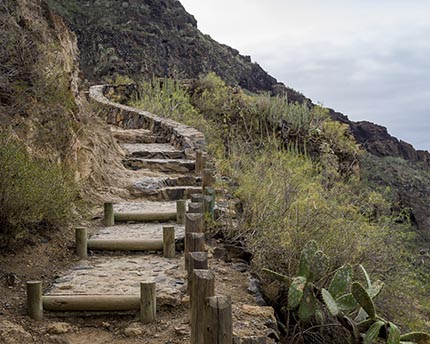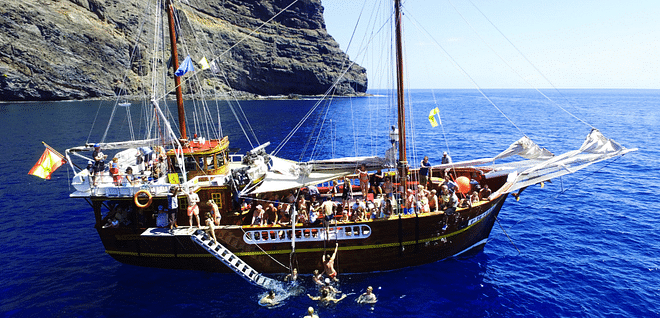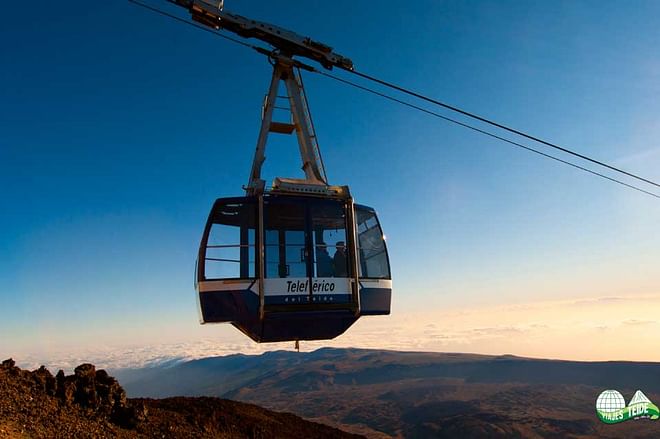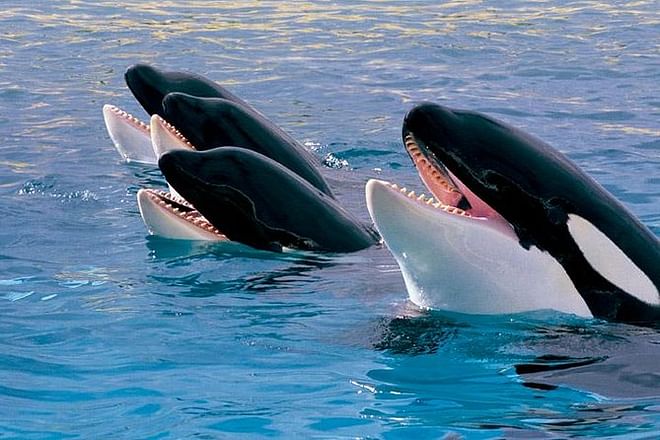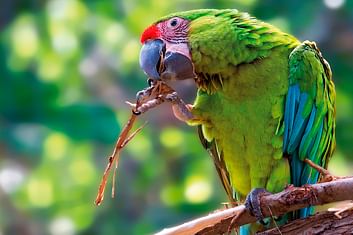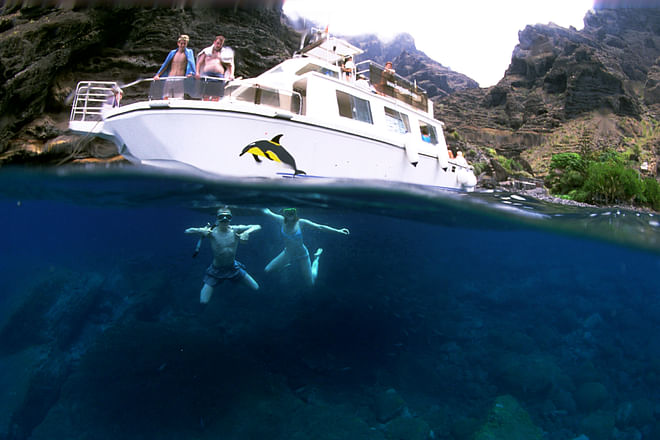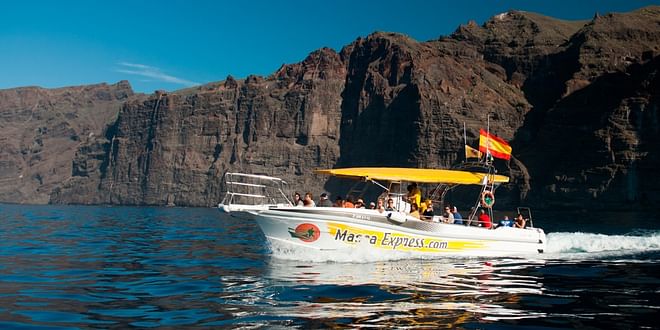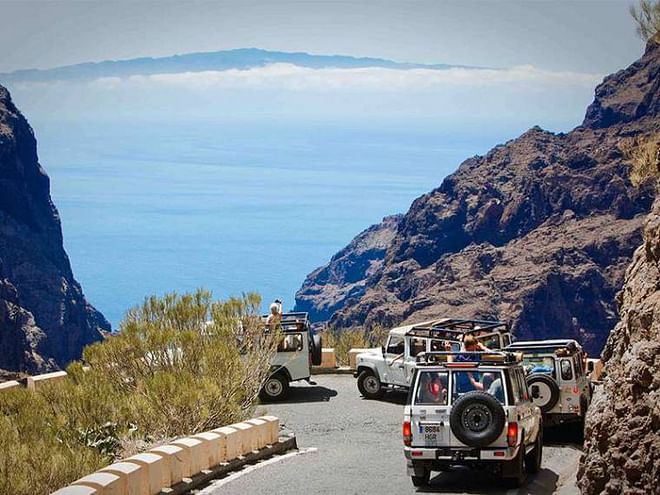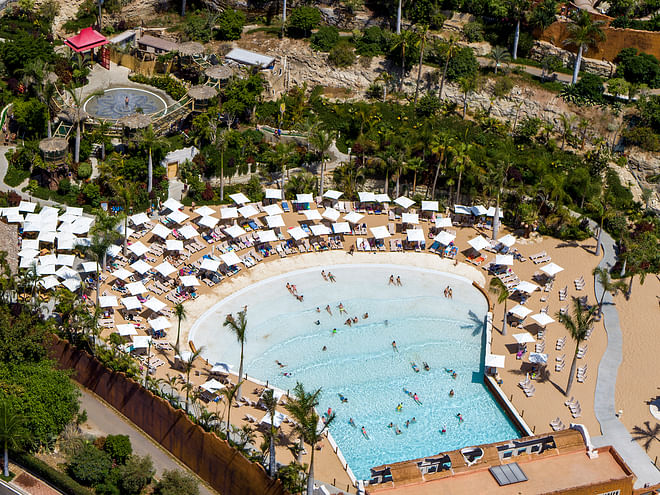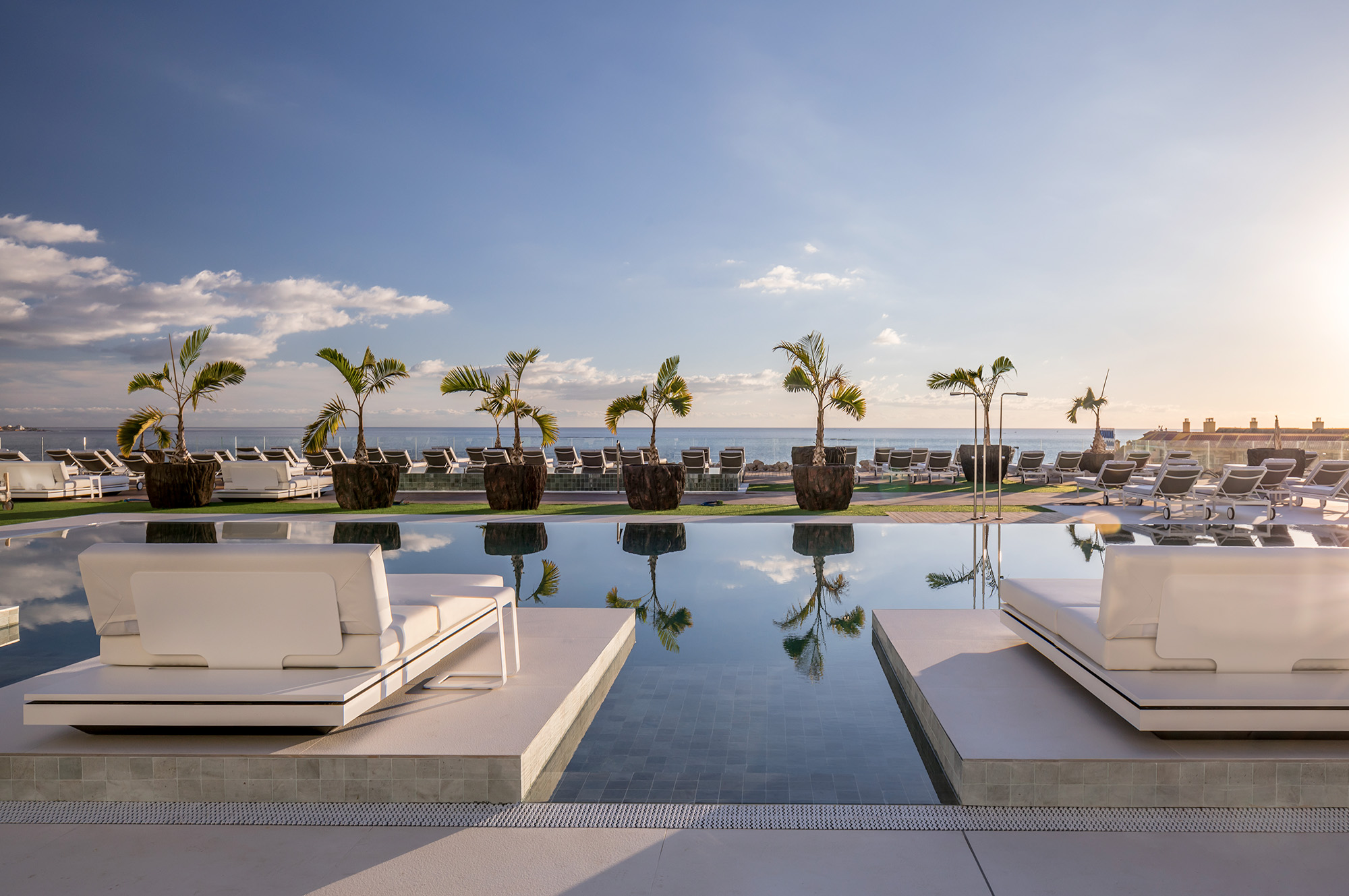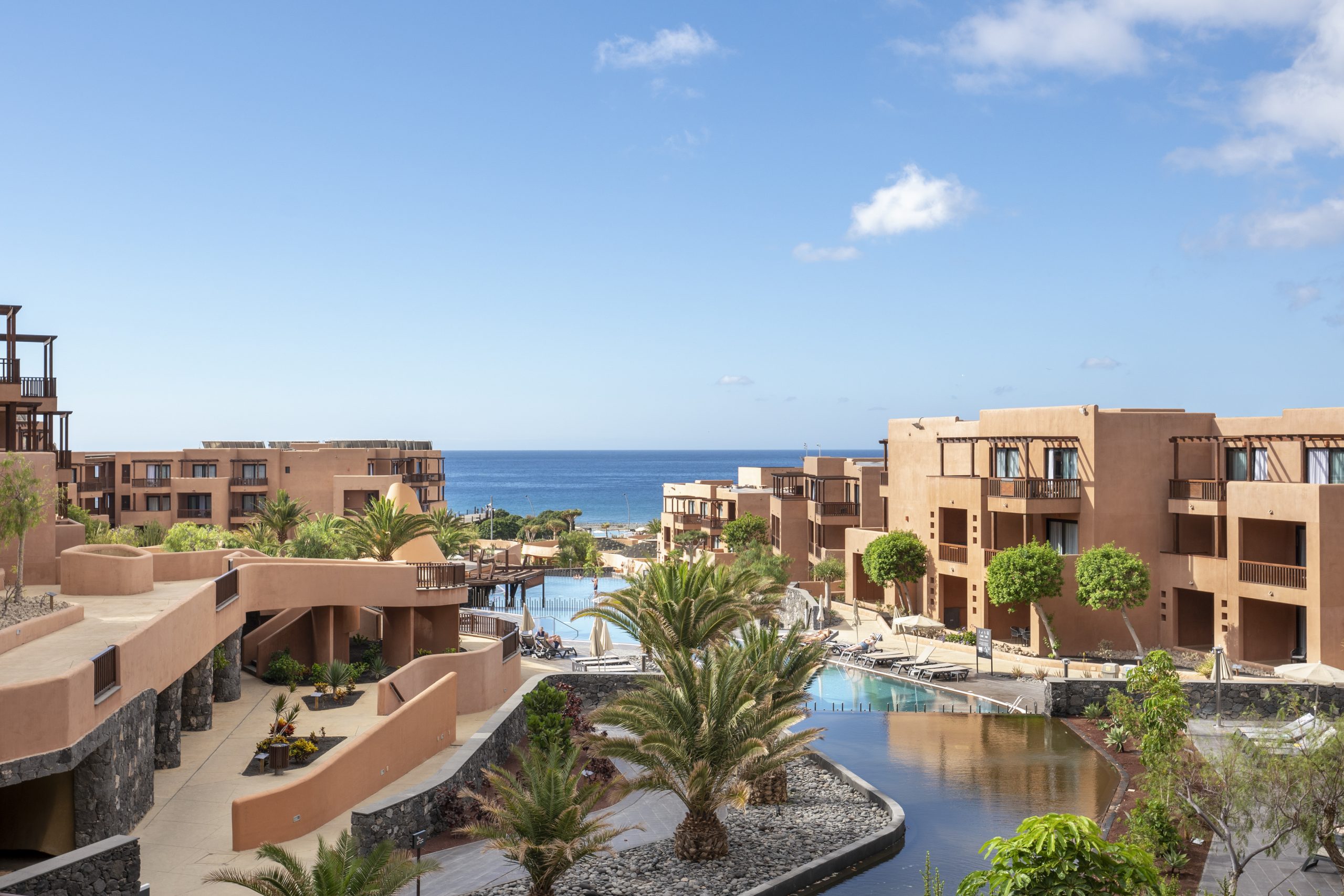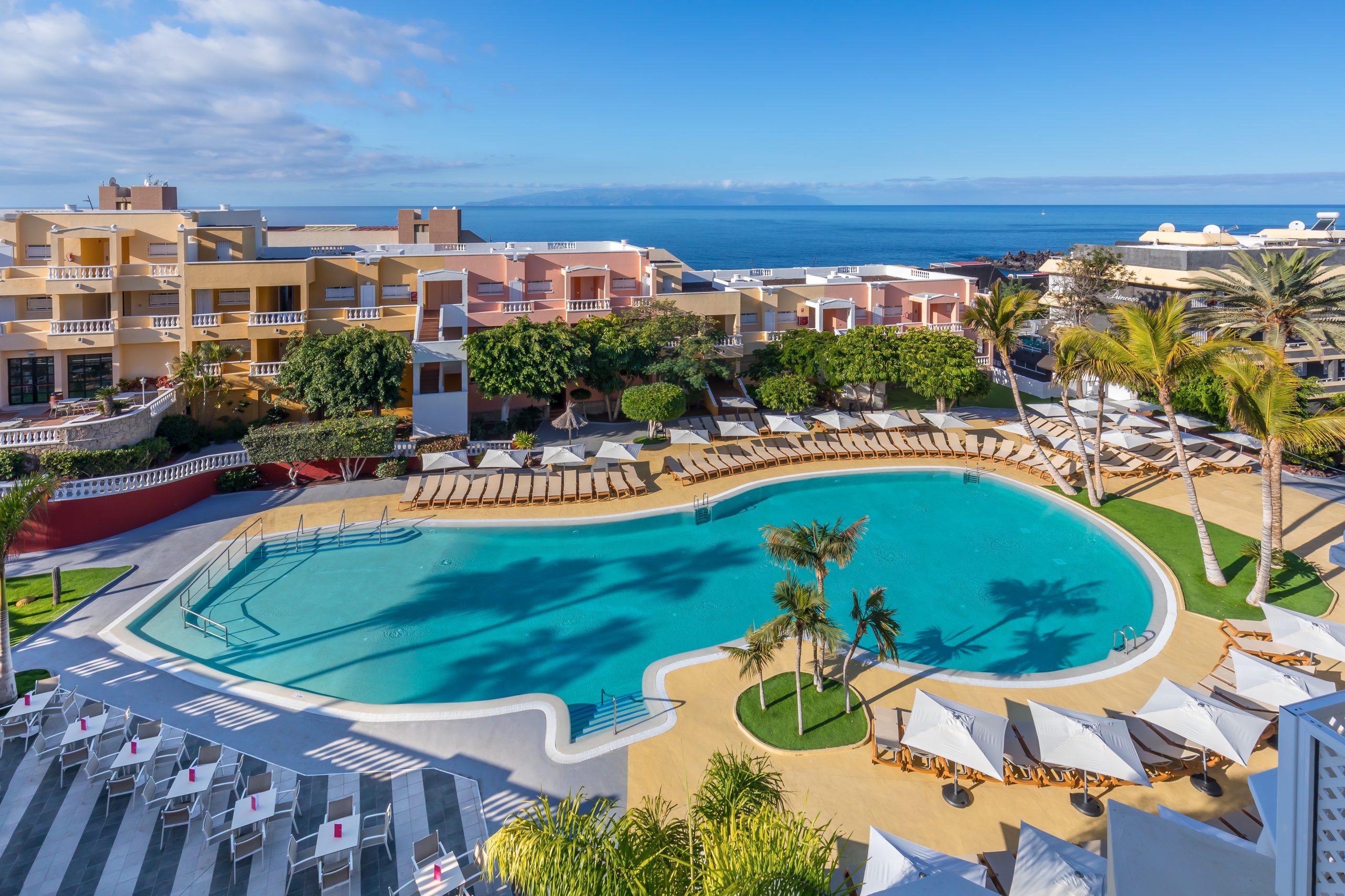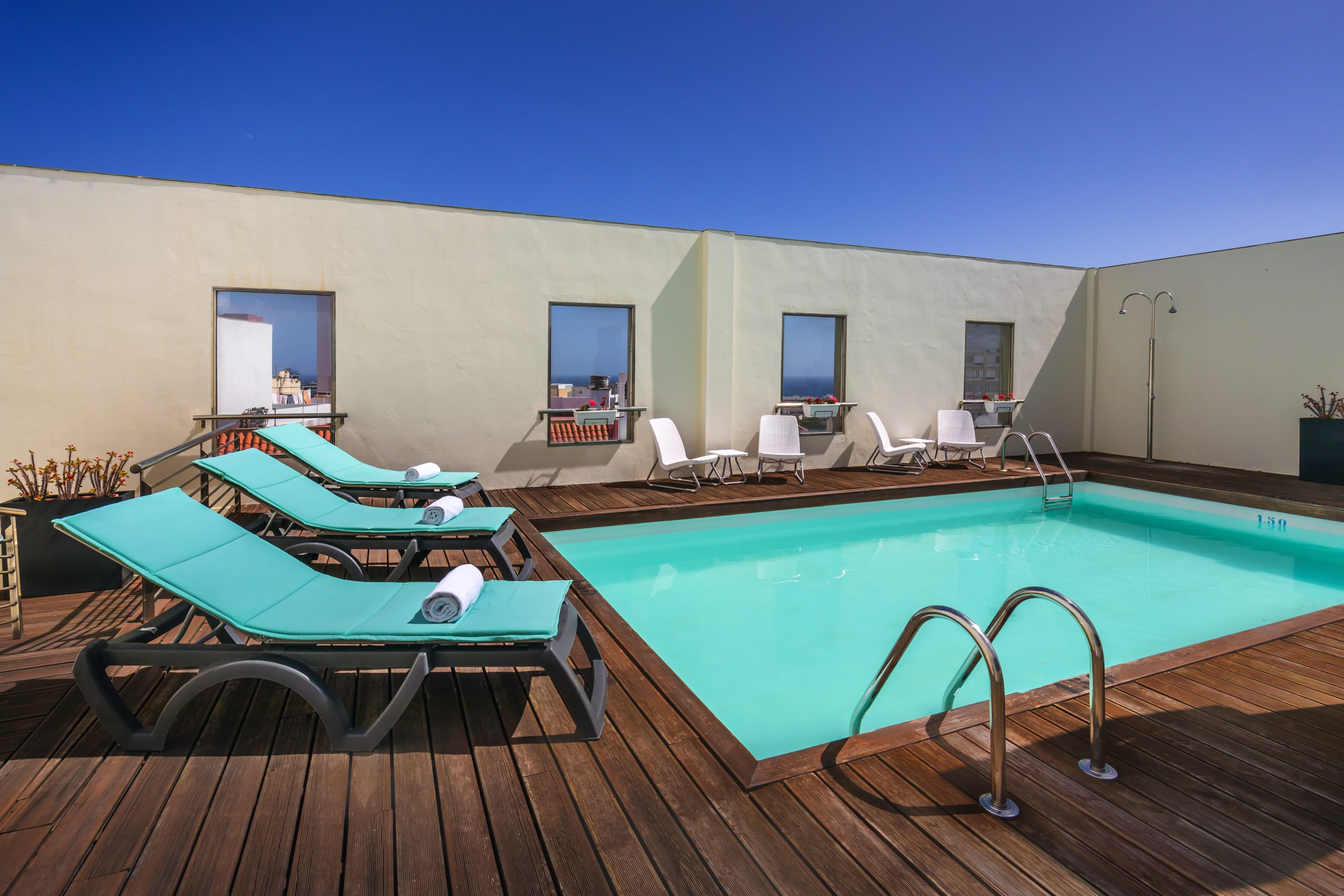With around one million inhabitants, Tenerife is one of those places with more than its fair share of remarkable landscapes that are worth discovering for their exceptional beauty, further enhanced by the intriguing shapes with which Mother Nature — there’s Mount Teide — has blessed the island, and which can be found all over it.
So what are the great landscapes and tourist attractions of Tenerife? To list them all would be impossible, but if you want to boast that you’ve been to the largest of the Canary Islands, you really do need to visit emblematic places such as the Teide National Park, the Bosque Encantado, Los Gigantes, Masca, La Orotava, and Icod de los Vinos — not forgetting one of Tenerife’s banana plantations. You should even try a little star gazing. Because Tenerife is famous for its clear sky, which allows you to gaze at the rings of Saturn, and the craters of the moon.
So get ready to explore the beautiful landscapes of Tenerife, the island that stirs great excitement wherever you go.
Tenerife’s natural landscape
Permanently watched over by soaring, breathtaking Mount Teide, the island of Tenerife astounds visitors with its volcanic scenery, natural diversity and authenticity. There is so much to do on this Canary Island, and so many destinations worth visiting.
The main tourist activity in Tenerife focuses on three large areas — the south, with its magnificent beaches; the metropolitan area, with the island’s best cultural and shopping offer; and the north, with its more authentic scenery and gastronomy. Below, we describe a few places that you shouldn’t miss on your holiday in Tenerife.
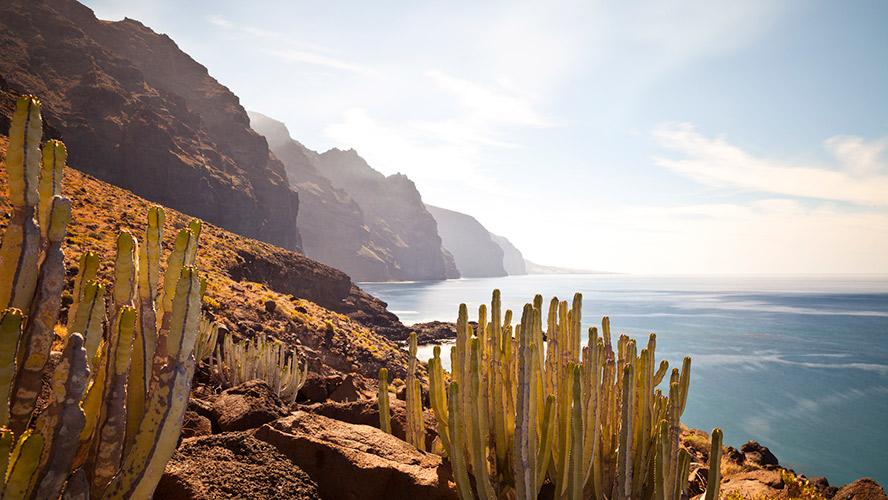
The Teide National Park
We are talking here about a wonder of nature. This is the largest and oldest of the Canary Islands’ national parks, a spectacular geological monument, where volcanic cones and streams of lava lend the scenery a wide range of very unusual colours. The Park is home to a great range of endemic plants, and the fauna is also rich and varied. You will feel as if you’re on another planet, and you will see Spain’s highest mountain peak, which rises to 3,718 metres. This is the most powerful symbol of Tenerife’s identity
World Heritage Site by UNESCO in 2007, and covers around 19,000 hectares.
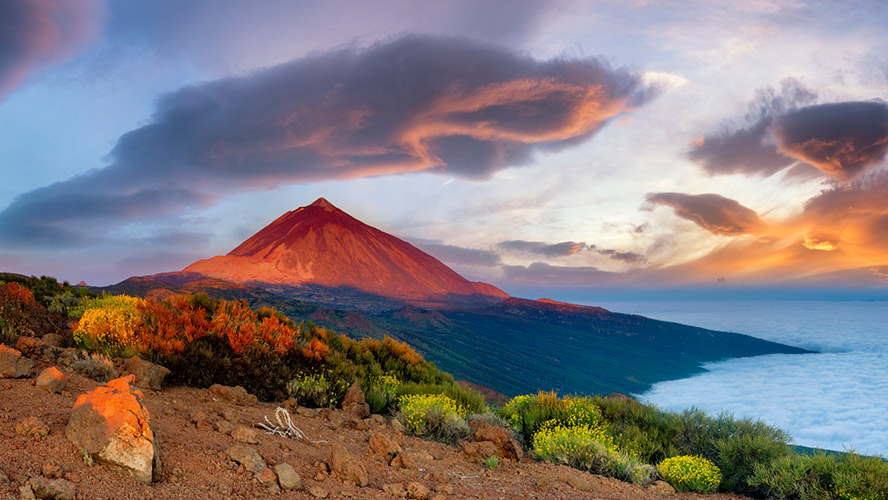
Corona Forestal Natural Park Lunar Landscape
Another of the island of Tenerife’s major attractions is the Corona Forestal Natural Park Lunar Landscape [Paisaje Lunar, in Spanish], which adjoins the Teide National Park. This is a natural landscape that has been playfully moulded by Mother Nature into many conical shapes in a stylised fashion so that it resembles a Modernist cathedral. This volcanic space lies high on the slopes of southern Tenerife, and for millions of years, erosion has been sculpting this beautiful, other-worldly spectacle. The best way to reach the Lunar Landscape is by a path which starts in the village of Vilaflor. The distance there and back is 13 kilometres.
The Bosque Encantado and the Reserva del Pijaral
There is a path in Tenerife’s Reserva del Pijaral that nature lovers go crazy for. This is the Sendero del Bosque Encantado [Enchanted Forest Path], or the Sendero El Pijaral, which preserves a small part of the laurel forest, a vestige of the Tertiary Age which still survives in Tenerife. This is a corner of enormous ecological value in eastern Tenerife, where the pijara (a fern that can grow up to 3 metres) flourishes. The Reserva Natural Integral de El Pijaral occupies over 300 hectares of the Anaga massif, one of the most ancient parts of the island. If you wish to visit this area, you will need to apply online for a special permit.
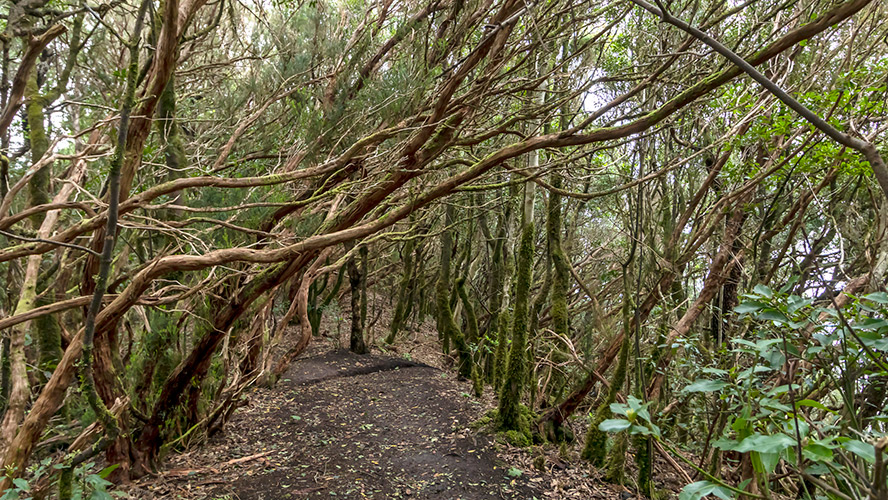
Los Gigantes
If you’d like to see cetaceans, go diving, or simply explore a very special, almost dizzying, spot, you need to head for the Los Gigantes Cliffs, another of Tenerife’s natural treasures. The cliffs are at the far west of the island between Buenavista del Norte and Santiago del Teide, and its remarkable walls of rock that in places rise to a height of 600 metres, descend into the Teno Rural Park, forming one of Tenerife’s most incredible landscapes. The island’s ancient aboriginal inhabitants called the cliffs ‘the wall of hell’, as they believed that this was the boundary marking the end of the world.
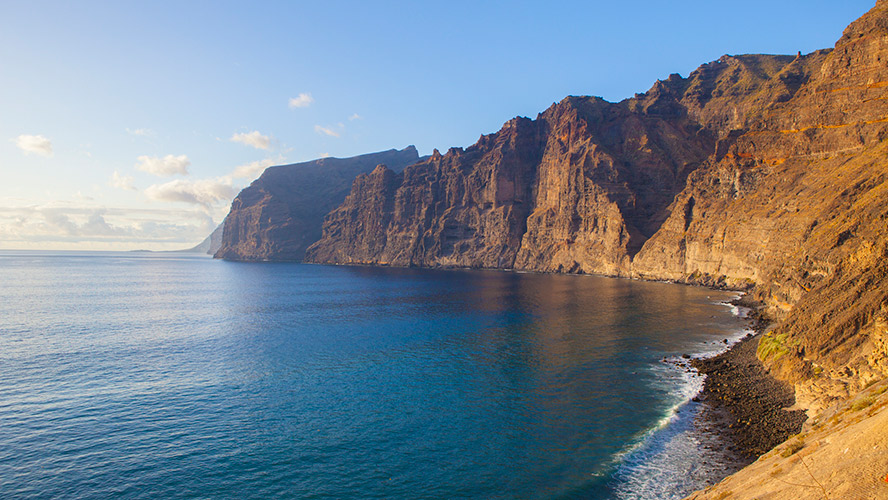
Masca
Masca is said to be Tenerife’s prettiest town. Although this is a subjective opinion, the simple fact is that Masca is a town hidden in a lovely valley in the south-west of Tenerife, among cliffs, palm trees and prickly pears.
This picturesque town, part of Buenavista del Norte, is said to have once been a hiding place for pirates. It is definitely worth stopping off to visit the eighteenth-century hermitage, the Ermita de la Inmaculada Concepción. Walking enthusiasts need to know that the descent from the so-called Barranco de Masca [Masca Ravine] is one of the most popular hiking routes in Tenerife.
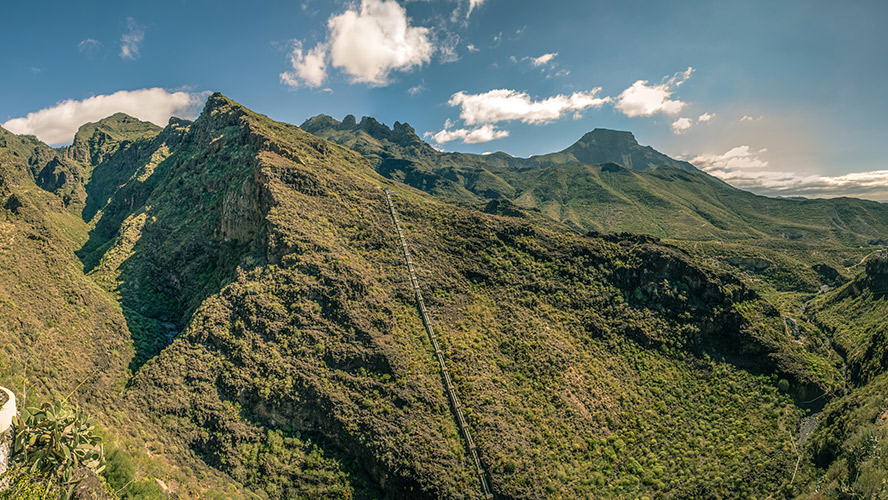
La Orotava
Another impressive landscape is La Orotava, the island’s largest municipality. Located in the north of the island, in one of the foothills of Mount Teide, La Orotava is an attractive town with a historic quarter steeped in the past, containing pretty churches, gardens, museums, and a great range of restaurants where you can enjoy the local Canary Island gastronomy. The best plan is to put on some comfortable footwear and make a leisurely tour of the centre of La Orotava to discover its treasures — the Plaza de la Constitución, with the seventeenth-century church of San Agustín; the Liceo Taoro, a lovely café house in a red-coloured palace which is also home to the Liceo del Taoro Cultural Society; the Victoria Gardens (also known as the Gardens of the Quinta Roja Marquisate), offering pleasant sea views; the Hijuela del Botánico gardens, which boast a 200-year-old dragon tree; the pink town hall; the Casa de los Balcones, one of Tenerife’s most noteworthy seventeenth-century traditional houses; and the La Máquina ‘gofio’ mill, which still produces and sells ‘gofio’, the traditional, Canary Island toasted grain flour.
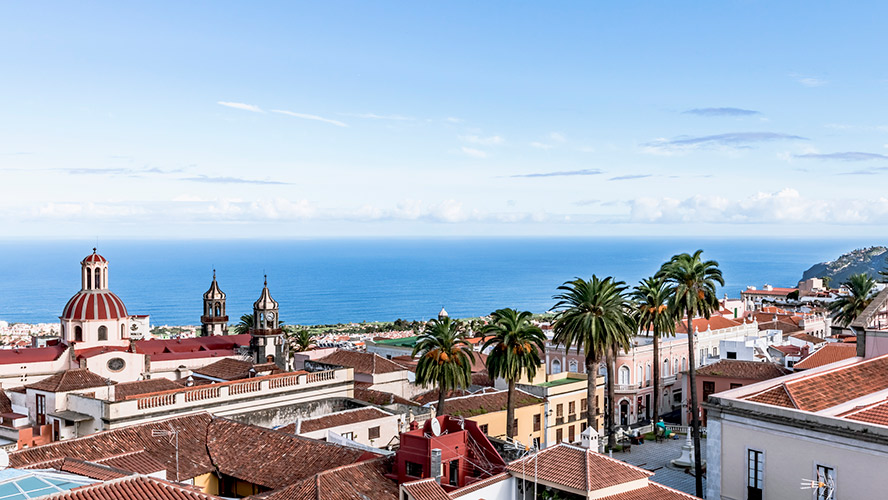
Banana plantations
The Canary Island banana is one of the star ingredients of the Islands’ cuisine, due to its nutritional value, its delicious aroma and its sweet flavour. It is worth visiting one of the island’s banana plantations open to the public to discover the secrets of this much-loved plant. An interesting fact: the banana plant is not a tree, but a gigantic grass that produces fruits. Each banana plant produces a single raceme that can contain around 200 bananas, weighing between 30 and 60 kilos. After it has fruited, the banana plant dies.
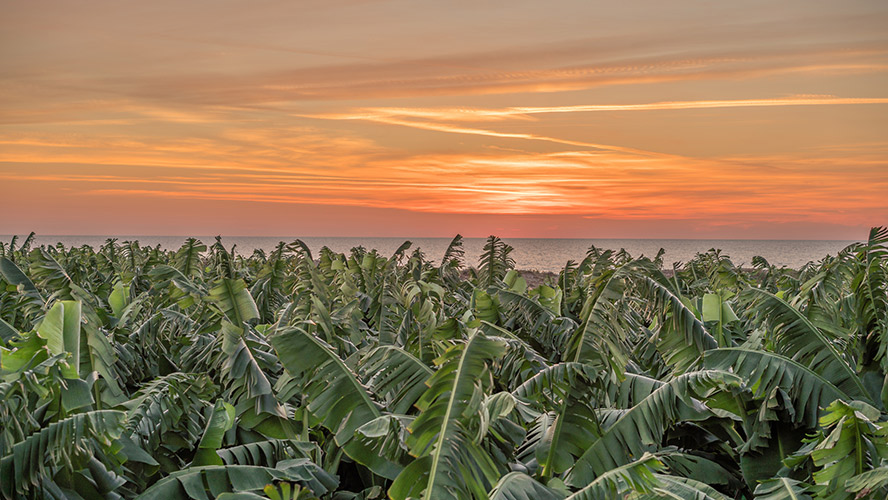
Icod de Los Vinos
In the north-east of Tenerife lies Icod de los Vinos, home to the Drago Milenario [thousand-year-old Dragon Tree] which is said to be around 800 years old and was declared a National Monument in 1917. It is another of Tenerife’s great icons.
The town itself is attractive, and it is worth taking a stroll around its cobbled streets and its little squares. At the highest spot in Icod de los Vinos is the Cueva del Viento [Cave of Wind], one of the biggest volcanic tubes in the world.
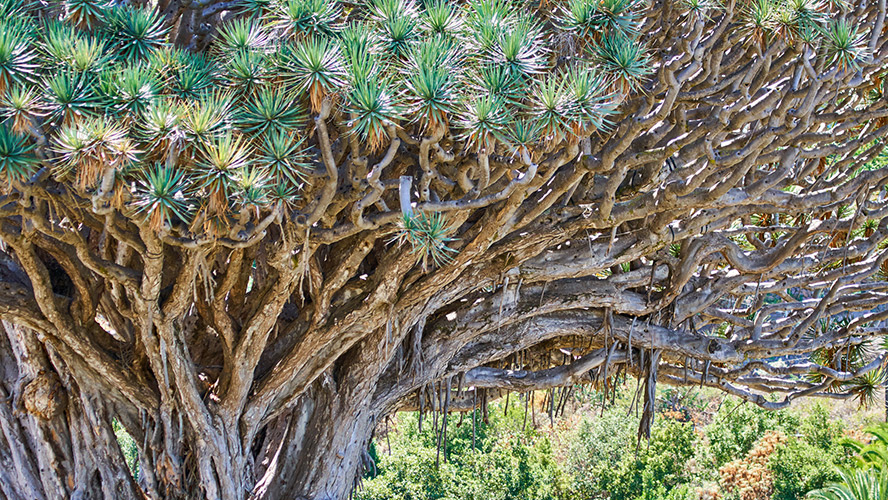
Stargazing
Tenerife’s clear skies are perfect for serious stargazing. Those who love astronomy can book a guided visit to see the interior of the Teide Observatory telescopes belonging to the Canary Islands Institute of Astrophysics. The Teide National Park is also an ideal place from which to see the rings of Saturn, the craters of the moon, and certain galaxies and nebulae. Mount Teide and the Peaks of Tenerife have been awarded Starlight certification, recognising that they are among the best places in the world for stargazing.
